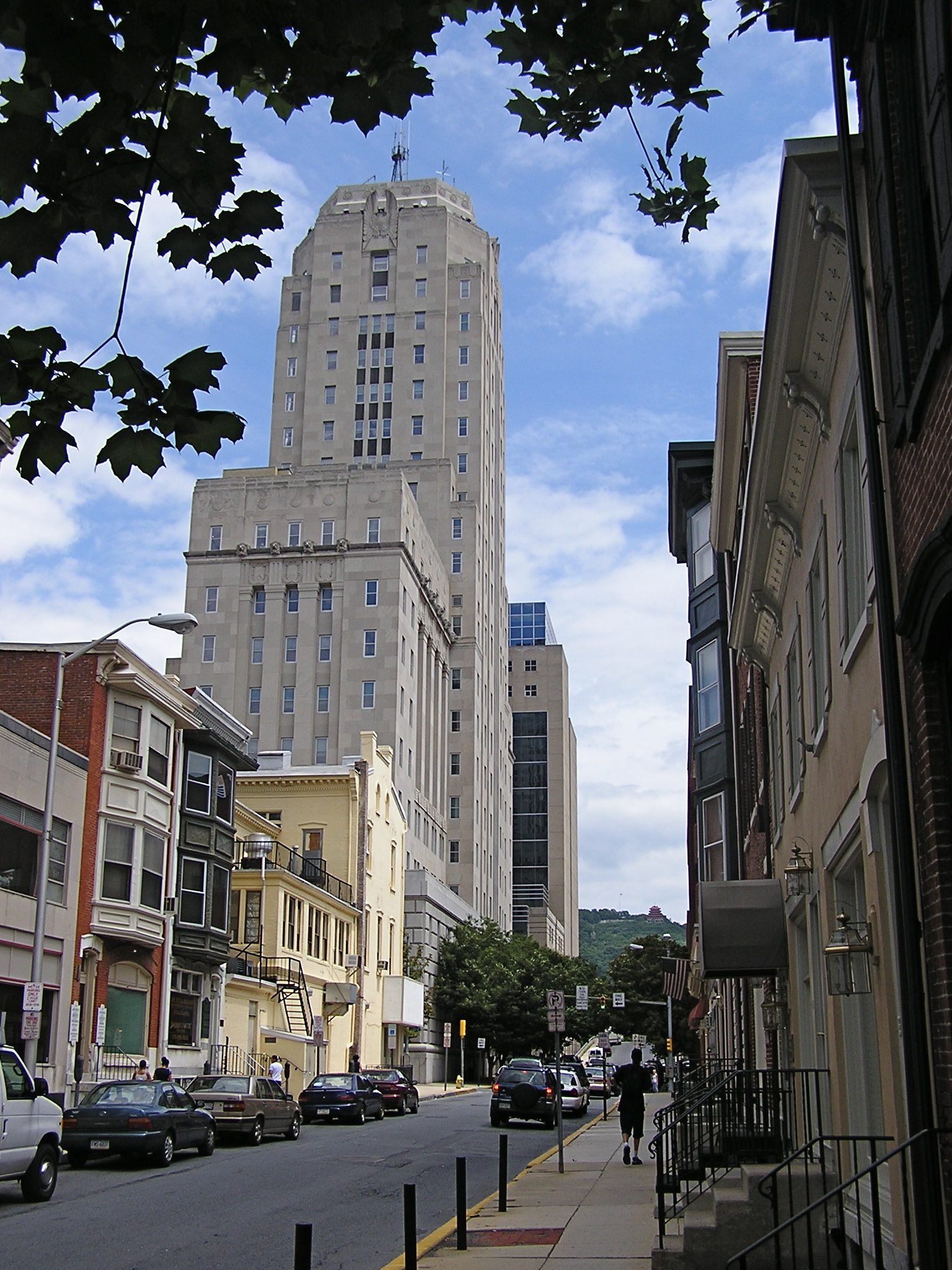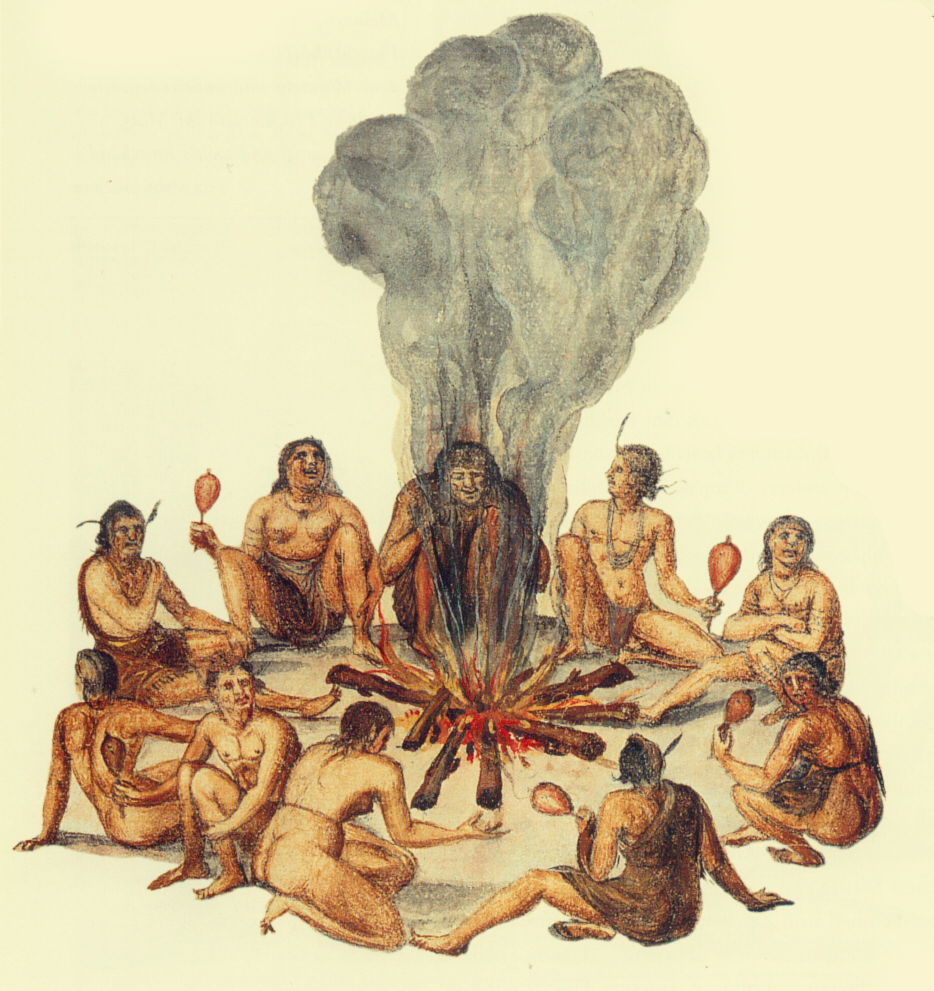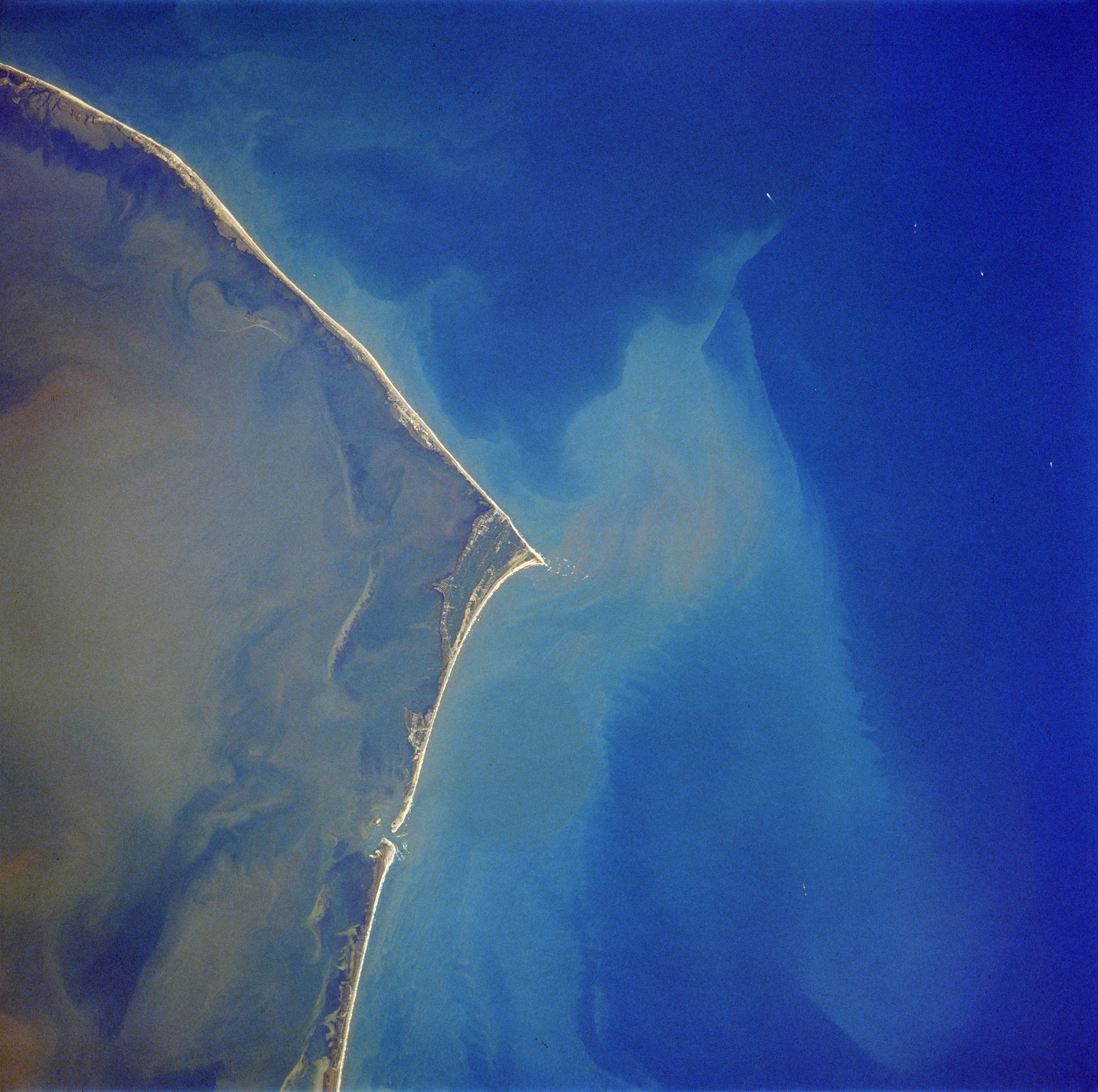|
List Of Boiler Explosions
This article contains a list of steam boiler explosions such as railway locomotive, marine transport (military and civilian), and stationary power. Events -SS Helen McGregor, Boiler Explosion, Memphis, TN, February 1830. -Staten Island Ferry, Westfield II, FT boiler explosion: July 30, 1871. -Givaudan Corporation, Delawanna Avenue, Clifton, New Jersey: Portable Fire Tube Boiler Explosion (1990s) -Ford's River Rouge Plant, Dearborn, Michigan, Gas Boiler explosion, 6 killed 2/1/1999. -St Mary's Hospital, Pennington Avenue, Passaic, New Jersey: Cleaver Brooks boiler Explosion 7/15/2006. -Dana Corporation, Paris Tennessee, 400 Hp fire-tube boiler explosion 6/19/2007 Key safety developments -1840 Henry R. Worthington invented boiler feed pump.. -1887 Robert Henry Thurston's book Steam Boiler Explosions in Theory, and in Practice is published References * * * * * * Further reading Contemporary listings and accounts * * * Manchester Steam Users' Association for th ... [...More Info...] [...Related Items...] OR: [Wikipedia] [Google] [Baidu] |
Boiler Explosion
A boiler explosion is a catastrophic failure of a boiler. There are two types of boiler explosions. One type is a failure of the pressure parts of the steam and water sides. There can be many different causes, such as failure of the safety valve, corrosion of critical parts of the boiler, or low water level. Corrosion along the edges of lap joints was a common cause of early boiler explosions. The second kind is a fuel/air explosion in the furnace, which would more properly be termed a firebox explosion. Firebox explosions in solid-fuel-fired boilers are rare, but firebox explosions in gas or oil-fired boilers are still a potential hazard. Causes There are many causes for boiler explosions such as poor water treatment causing scaling and over heating of the plates, low water level, a stuck safety valve, or even a furnace explosion that in turn, if severe enough, can cause a boiler explosion. Poor operator training resulting in neglect or other mishandling of the boiler h ... [...More Info...] [...Related Items...] OR: [Wikipedia] [Google] [Baidu] |
Baltimore And Ohio Railroad
The Baltimore and Ohio Railroad was the first common carrier railroad and the oldest railroad in the United States, with its first section opening in 1830. Merchants from Baltimore, which had benefited to some extent from the construction of the National Road early in the century, wanted to do business with settlers crossing the Appalachian Mountains. The railroad faced competition from several existing and proposed enterprises, including the Albany-Schenectady Turnpike, built in 1797, the Erie Canal, which opened in 1825, and the Chesapeake and Ohio Canal. At first, the B&O was located entirely in the state of Maryland; its original line extending from the port of Baltimore west to Sandy Hook, Maryland, opened in 1834. There it connected with Harper's Ferry, first by boat, then by the Wager Bridge, across the Potomac River into Virginia, and also with the navigable Shenandoah River. Because of competition with the C&O Canal for trade with coal fields in western Marylan ... [...More Info...] [...Related Items...] OR: [Wikipedia] [Google] [Baidu] |
Reading, Pennsylvania
Reading ( ; Pennsylvania Dutch: ''Reddin'') is a city in and the county seat of Berks County, Pennsylvania, United States. The city had a population of 95,112 as of the 2020 census and is the fourth-largest city in Pennsylvania after Philadelphia, Pittsburgh, and Allentown. Reading is located in the southeastern part of the state and is the principal city of the Greater Reading Area, which had 420,152 residents as of 2020. Reading is part of the Delaware Valley, also known as the Philadelphia metropolitan area, a region that also includes Philadelphia, Upper Darby Township, Pennsylvania, Camden, and other suburban Philadelphia cities and regions. With a 2020 population of 6,228,601, the Delaware Valley is the seventh largest metropolitan region in the nation. Reading's name was drawn from the now-defunct Reading Company, widely known as the Reading Railroad and since acquired by Conrail, that played a vital role in transporting anthracite coal from the Pennsylvania' ... [...More Info...] [...Related Items...] OR: [Wikipedia] [Google] [Baidu] |
Henry Eckford (1824)
''Henry Eckford'' was a small passenger-cargo steamboat built in New York in 1824. She was the first steam vessel in the world to be installed with a compound engine, almost fifty years before the technology would become widely adopted for marine use. Construction ''Henry Eckford'', named in honor of the renowned New York shipbuilder of the era, was built for Mowatt Brothers & Co. by Lawrence & Sneden of Manhattan, New York, in 1824. The machinery for the vessel was subcontracted to the Allaire Iron Works of James P. Allaire, who installed a compound engine (commonly known at the time as a "Woolf double cylinder" engine). Although the compound engine with its greater efficiency was already a well established technology, having been patented by British inventor Arthur Woolf almost twenty years earlier, such an engine had never before been used to power a ship. ''Henry Eckford'''s compound engine was of the vertical crosshead type.''Marine Engineering'', p. 7. It had two cylind ... [...More Info...] [...Related Items...] OR: [Wikipedia] [Google] [Baidu] |
Surprise Locomotive
The ''Surprise'' was a nineteenth-century British railway locomotive. It became notorious after its boiler exploded and killed several crew members during unsuccessful trials in the early days of the Lickey Incline. William Church, the ''Surprise'''s inventor, is mainly remembered for his typesetting machine, but also experimented with locomotives. His 0-2-2 well tank locomotive, exemplified by the ''Surprise,'' featured horizontal outside cylinders at the rear. Dr Church had invented an expanding mandrel A mandrel, mandril, or arbor is a gently tapered cylinder against which material can be forged or shaped (e.g., a ring mandrel - also called a triblet - used by jewelers to increase the diameter of a wedding ring), or a flanged or tapered or ... for fixing boiler tubes, and it was the first tank engine to have a multitube boiler. It used piston valves and eccentric motion. The ''Surprise'' (named ''Victoria'' at the time) began trial runs as a ballast locomotive on th ... [...More Info...] [...Related Items...] OR: [Wikipedia] [Google] [Baidu] |
North Carolina
North Carolina () is a state in the Southeastern region of the United States. The state is the 28th largest and 9th-most populous of the United States. It is bordered by Virginia to the north, the Atlantic Ocean to the east, Georgia and South Carolina to the south, and Tennessee to the west. In the 2020 census, the state had a population of 10,439,388. Raleigh is the state's capital and Charlotte is its largest city. The Charlotte metropolitan area, with a population of 2,595,027 in 2020, is the most-populous metropolitan area in North Carolina, the 21st-most populous in the United States, and the largest banking center in the nation after New York City. The Raleigh-Durham-Cary combined statistical area is the second-largest metropolitan area in the state and 32nd-most populous in the United States, with a population of 2,043,867 in 2020, and is home to the largest research park in the United States, Research Triangle Park. The earliest evidence of human occu ... [...More Info...] [...Related Items...] OR: [Wikipedia] [Google] [Baidu] |
Cape Hatteras
Cape Hatteras is a cape located at a pronounced bend in Hatteras Island, one of the barrier islands of North Carolina. Long stretches of beach, sand dunes, marshes, and maritime forests create a unique environment where wind and waves shape the topography. A large area of the Outer Banks is part of a National Park, called the Cape Hatteras National Seashore. It is also the nearest landmass on the North American mainland to Bermuda, which is about to the east-southeast. The treacherous waters off the coast of the Outer Banks are known as the Graveyard of the Atlantic, Over 600 ships wrecked here as victims of shallow shoals, storms, and war. Diamond Shoals, a bank of shifting sand ridges hidden beneath the turbulent sea off Cape Hatteras, has never promised safe passage for ships. In the past 400 years, the graveyard has claimed many lives, but island villagers saved many. As early as the 1870s, villagers served in the United States Life-Saving Service. Others staffed ... [...More Info...] [...Related Items...] OR: [Wikipedia] [Google] [Baidu] |
Steamship Pulaski Disaster
The Steamship ''Pulaski'' disaster was the term given to the June 14, 1838, explosion on board the American steam packet ''Pulaski'', which caused her to sink 30 miles off the coast of North Carolina with the loss of two-thirds of her passengers and crew. About 59 persons survived, and 128 were lost."Heart-rending Catastrophe" ''The North-Carolina Standard'', 27 June 1838, from Office of the ''Wilmington Advertiser'' Her starboard boiler exploded about 11 p.m., causing massive damage as the ship was traveling from |
Cincinnati
Cincinnati ( ) is a city in the U.S. state of Ohio and the county seat of Hamilton County. Settled in 1788, the city is located at the northern side of the confluence of the Licking and Ohio rivers, the latter of which marks the state line with Kentucky. The city is the economic and cultural hub of the Cincinnati metropolitan area. With an estimated population of 2,256,884, it is Ohio's largest metropolitan area and the nation's 30th-largest, and with a city population of 309,317, Cincinnati is the third-largest city in Ohio and 64th in the United States. Throughout much of the 19th century, it was among the top 10 U.S. cities by population, surpassed only by New Orleans and the older, established settlements of the United States eastern seaboard, as well as being the sixth-most populous city from 1840 until 1860. As a river town crossroads at the junction of the North, South, East, and West, Cincinnati developed with fewer immigrants and less influence from Europ ... [...More Info...] [...Related Items...] OR: [Wikipedia] [Google] [Baidu] |
Moselle (riverboat)
The ''Moselle'' was a riverboat constructed at the Fulton shipyard, in Cincinnati, Ohio. between December 1, 1837 and March 31, 1838. The ''Moselle'' was considered one of the fastest river boats in operation at the time, having completed a record-setting two-day, sixteen-hour trip between Cincinnati and St. Louis St. Louis () is the second-largest city in Missouri, United States. It sits near the confluence of the Mississippi and the Missouri Rivers. In 2020, the city proper had a population of 301,578, while the bi-state metropolitan area, which e .... On April 25, 1838, the ''Moselle'', piloted by Captain Isaac Perin, suffered a boiler explosion just east of Cincinnati, killing 160 of the estimated 280–300 passengers. Frederick Dwight s survivor of the disaster [.p.165 {{DEFAULTSORT:Moselle (Riverboat) Shipwrecks of the Ohio River Maritime boiler explosions Maritime incidents in April 1838 Ships sunk by non-combat internal explosions ... [...More Info...] [...Related Items...] OR: [Wikipedia] [Google] [Baidu] |
Council For British Archaeology
The Council for British Archaeology (CBA) is an educational charity established in 1944 in the UK. It works to involve people in archaeology and to promote the appreciation and care of the historic environment for the benefit of present and future generations. It achieves this by promoting research, conservation and education, and by widening access to archaeology through effective communication and participation. History and objectives The origins of the CBA lie in the Congress of Archaeological Societies, founded in 1898, but it was in 1943, with the tide of war turning, that archaeologists in Britain began to contemplate the magnitude of tasks and opportunities that would confront them at the end of hostilities. In London alone more than 50 acres of the City lay in ruins awaiting redevelopment, while the historic centres of Bristol, Canterbury, Exeter, Southampton, and many other towns had suffered devastation. In response to a resolution from the Oxford Meeting of the Society ... [...More Info...] [...Related Items...] OR: [Wikipedia] [Google] [Baidu] |
Kingston Upon Hull
Kingston upon Hull, usually abbreviated to Hull, is a port city and unitary authorities of England, unitary authority in the East Riding of Yorkshire, England. It lies upon the River Hull at its confluence with the Humber Estuary, inland from the North Sea and south-east of York, the historic county town. With a population of (), it is the fourth-largest city in the Yorkshire and the Humber region after Leeds, Sheffield and Bradford. The town of Wyke on Hull was founded late in the 12th century by the monks of Meaux Abbey as a port from which to export their wool. Renamed ''Kings-town upon Hull'' in 1299, Hull had been a market town, military supply port, trading centre, fishing and whaling centre and industrial metropolis. Hull was an early theatre of battle in the First English Civil War, English Civil Wars. Its 18th-century Member of Parliament, William Wilberforce, took a prominent part in the abolition of the slave trade in Britain. More than 95% of the city was ... [...More Info...] [...Related Items...] OR: [Wikipedia] [Google] [Baidu] |

_train.jpg)





